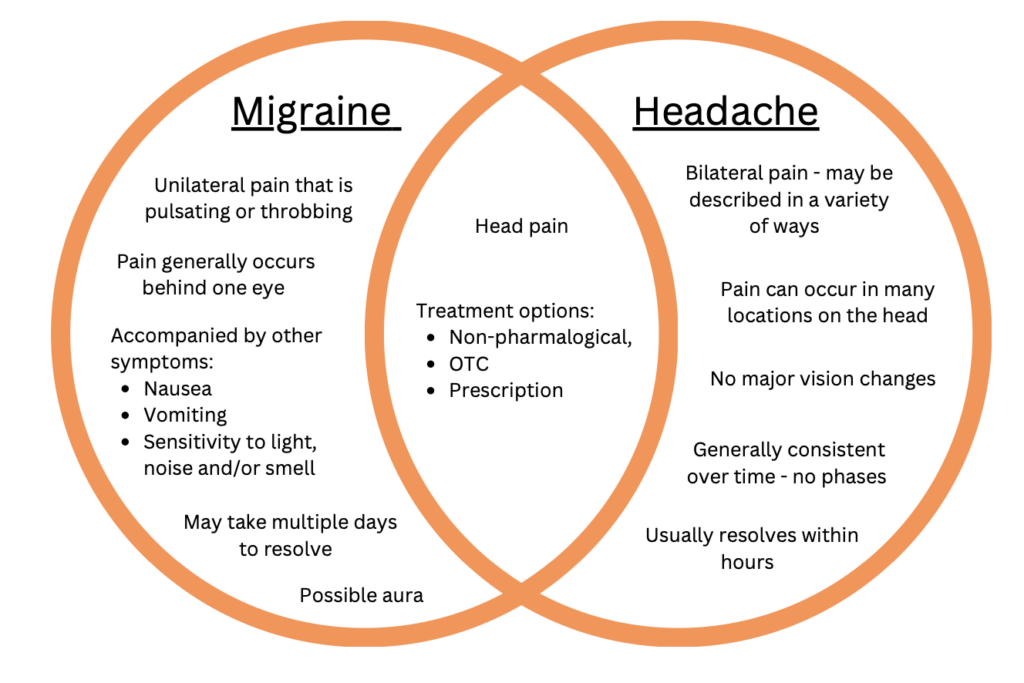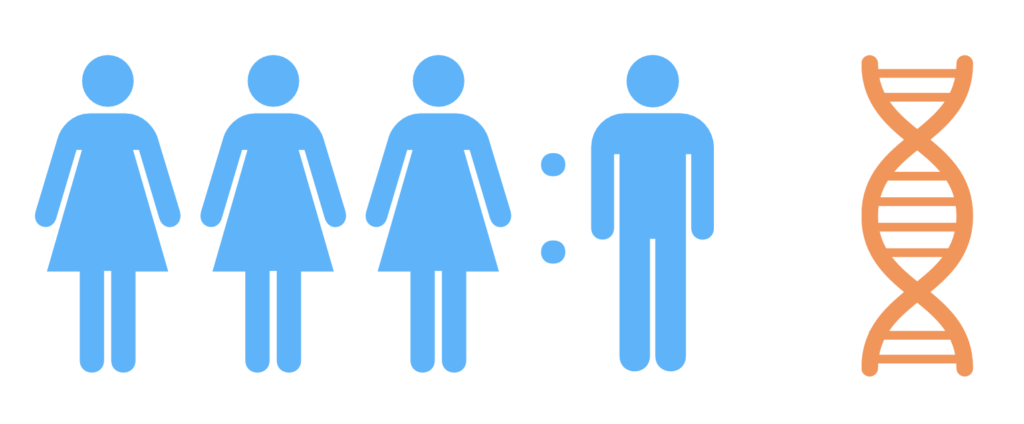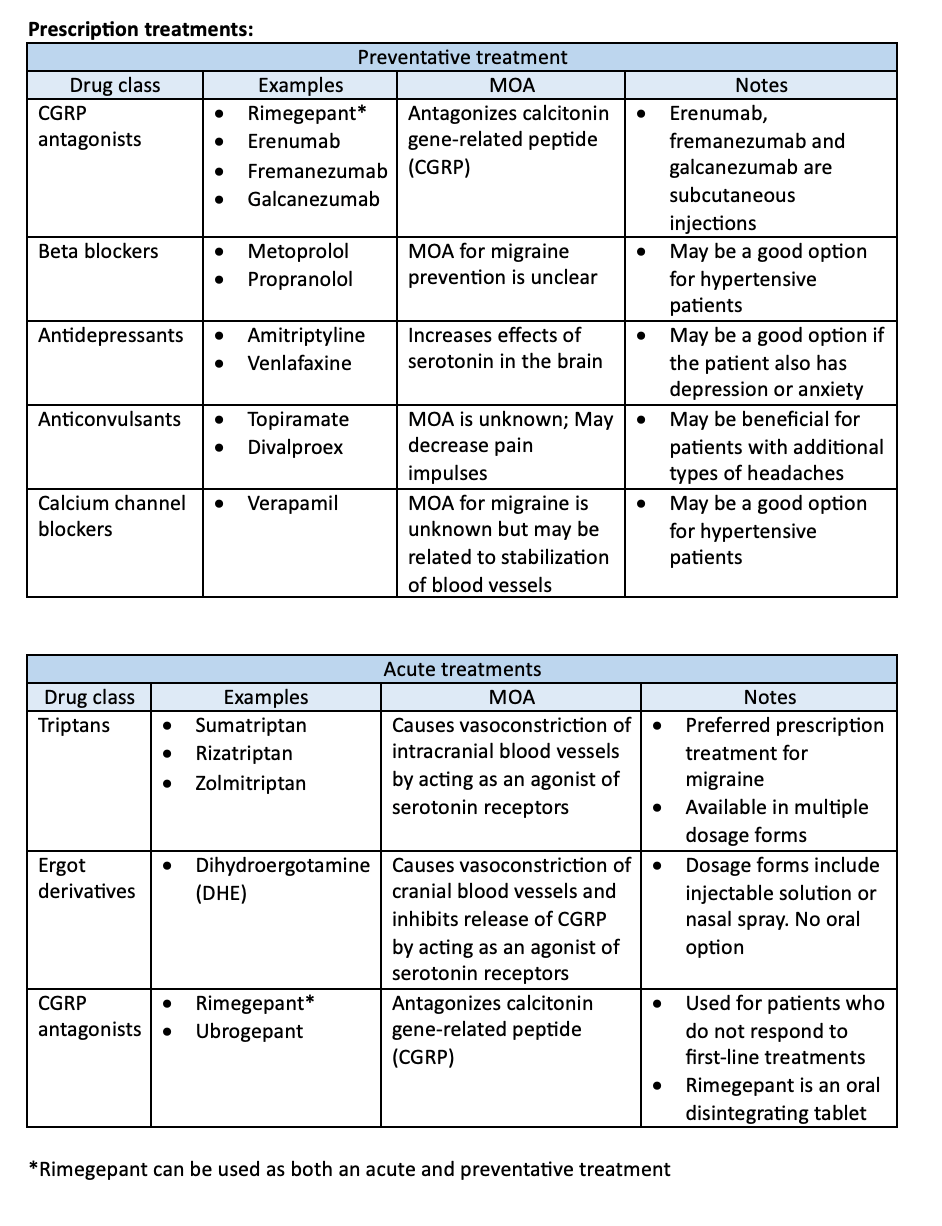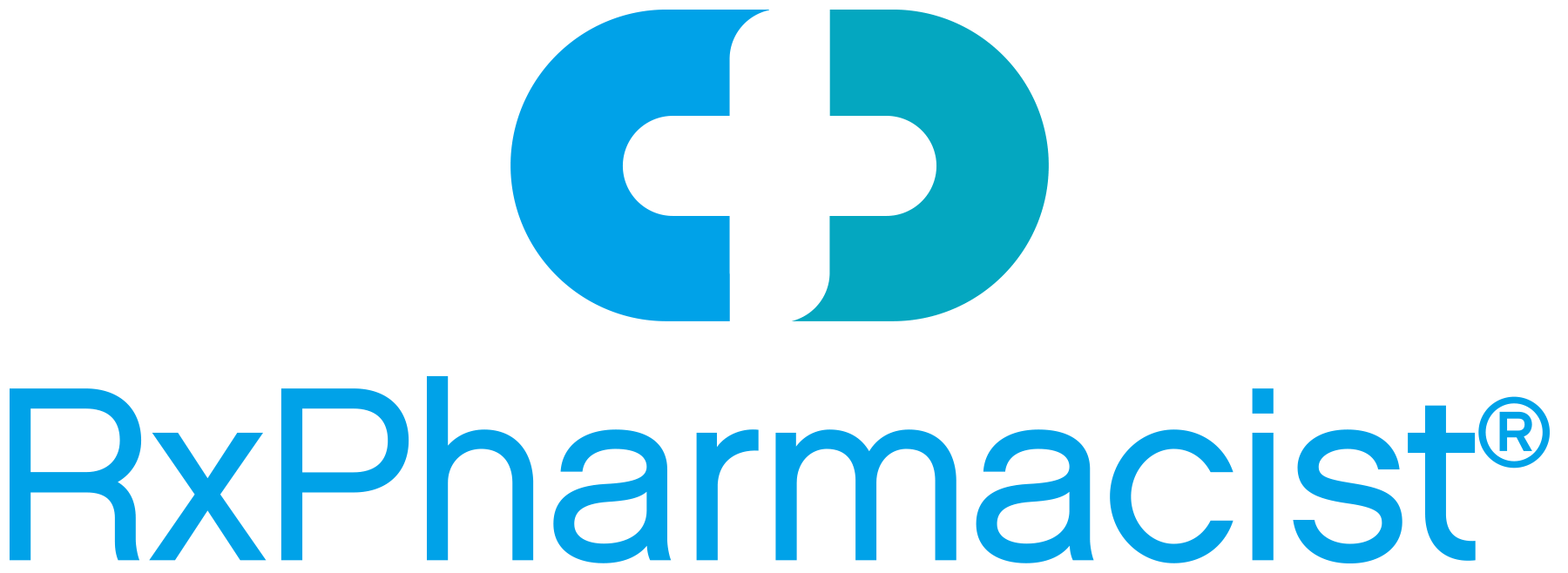
Migraine is a complex disease state that presents most commonly with headaches that are often severe and can be accompanied by environmental sensitivity, nausea, or vomiting. About 12% of the population is affected by migraines, and they are caused by controllable and uncontrollable triggers. The pathophysiology of migraine is not clearly defined. However, there are many treatment options available to treat migraines acutely and prevent future migraine attacks.
What is a migraine?
A migraine is a headache that is moderate to severe and recurring over time. Migraines are characterized by one-sided head pain and are often accompanied by nausea, vomiting, and heightened sensitivity to light, noise, and smell. The duration can range from a couple of hours to three or more days.

The two most common types of migraines are migraine with aura and migraine without aura. They share many characteristics, such as one-sided head pain, nausea, vomiting, and sensitivity to light, noise, and smell. The main difference between these two types is the presence or absence of aura. Aura is a reversible sensory disruption with symptoms such as blind spots, blurry or flashing vision, or tingling of the face. It occurs directly preceding or concurrently with a migraine. These symptoms are present in migraines with aura and absent in migraines without aura.
Migraines are also classified by how often they occur:
- Chronic migraine is defined as 15 or more headache days per month, with at least eight of the headaches having symptoms of migraine, for at least three months.
- Episodic migraine is any migraine that does not occur frequently enough to be considered chronic.
Who gets migraines?
People worldwide are affected by migraines, although they are most common in North America.

They happen more frequently in the following populations:
- Women – it is 3 times more likely for women than men
- Anyone with a family history of migraines – migraines have a genetic component and most people who suffer from migraines also have a family history of migraines.
Migraines commonly start at the onset of puberty and continue to occur well into adulthood. However, they can affect people of any age. Generally, migraines become less frequent later in life, especially after menopause in women.
Migraine triggers
Migraines can be caused by both predictable and unpredictable triggers which are patient-specific. Additionally, an unpredictable trigger for one person may be a predictable trigger for another person.
Predictable triggers may include:
- Hormonal changes — such as throughout a menstrual cycle
- Stress – migraines often occur after a period of prolonged stress
Unpredictable triggers may include:
- Changes in sleep
- Alcohol
- Smoking
- Head injury
- Changes in environment – loud noises, strong smells, bright lights
- Missed meals or low blood sugar
Migraine pathophysiology
The pathophysiology of migraine is not well understood. One theory involves the activation of the trigeminal nerve and the subsequent release of neuropeptides, which cause vascular vasodilation within the meninges. Vascular vasodilation contributes to inflammation of neurons, which causes pain. Two of the neuropeptides that have a role in this pathway are serotonin and calcitonin gene-related peptide (CGRP). These neuropeptides are targets in some of the pharmacologic treatment options.
The four phases of migraine
- Prodrome – occurs up to 24 hours before migraine due to activation of the hypothalamus.
- Symptoms include frequent yawning, change in mood, hunger, edema, and increased fatigue.
- Aura – occurs due to fluctuations in cortical function and circulation of blood. It can last minutes to hours and happens before or during the headache phase.
- Symptoms may include blind spots, blurry or flashing vision, or tingling of the face.
- Aura is present in about 35% of migraines.
- Headache – occurs for hours to days due to changes in the activity of many parts of the brain including the thalamus, brainstem, hypothalamus, and cortex.
- Other symptoms include nausea, vomiting, and heightened sensitivity to light, noise, and smell.
- The hallmark symptom is pulsing or throbbing head pain that occurs on one side of the head.
- Postdrome – occurs hours to days after the headache has ended.
- Common symptoms include fatigue and dizziness.
Migraine treatment
Treatment goals include stopping current migraine symptoms and avoiding future migraine episodes. There are many non-pharmacological, over-the-counter, and prescription treatment options for migraines. All treatment strategies can be classified as acute or preventative treatment.
Acute treatment is used as needed to stop current migraine symptoms. Preventative treatment is used consistently to prevent future migraines from occurring. Treatment strategies are patient-specific and may include a combination of prescription and non-prescription treatments. Additionally, patients can use acute and preventative treatments individually or in combination.



Migraine is a neurologic disease with episodes caused by a variety of triggers. Generally, migraines last hours to days while cycling through 4 phases and should be treated with patient-specific approaches. Luckily, there are many treatment options, including non-pharmacological, over-the-counter, and prescription therapies. Migraines can be treated acutely as they occur or with a preventative treatment strategy. It is important to understand common migraine triggers and the multitude of treatment options to best educate and treat patients with migraine.
Margaret M., APPE Student
References
- Migraine. National Institute of Neurological Disorders and Stroke. Available at: https://www.ninds.nih.gov/health-information/disorders/migraine. Accessed August 16, 2024.
- Migraine Headache. National Library of Medicine. Available at: https://www.ncbi.nlm.nih.gov/books/NBK560787/. Accessed August 16, 2024.
- Migraine with aura. Mayo Clinic. Available at: https://www.mayoclinic.org/diseases-conditions/migraine-with-aura/symptoms-causes/syc-20352072. Accessed August 16, 2024.
- Sumatriptan injection. Package Insert. Available at: https://www.accessdata.fda.gov/drugsatfda_docs/label/2021/020080s054lbl.pdf. Accessed August 16, 2024.
- Rimegepant orally disintegrating tablets. Package Insert. Available at: https://www.accessdata.fda.gov/drugsatfda_docs/label/2020/212728s000lbl.pdf. Accessed August 16, 2024.
